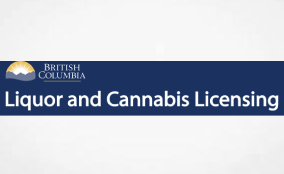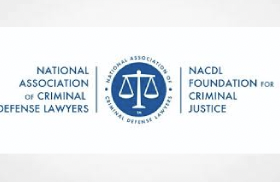UK Govt Announcement 19 May 2021
This tutorial paper offers a review of the common names, abbreviations, regulation, psychoactivity and analytical methodology for the principle cannabinoids
CBD edible products are now regulated as novel foods. They must also be compositionally safe and correctly labelled. Wide variation in compliance with CBD label claims has been recorded and the presence of controlled cannabinoids is a known risk.
To assist regulation and trade the Government Chemist has published a tutorial review of the common names, abbreviations, regulation, psychoactivity and analytical methodology for the principle cannabinoids. Their chemical structures and IUPAC nomenclature have also been included.
The abbreviations, common names and chemical structures for 16 cannabinoids are listed along with their International Union of Pure and Applied Chemistry (IUPAC) names, the unique scientific reference.
The paper is available at the Journal of the Association of Public Analysts (JAPA) and, as with all JAPA papers, the full text is open access through the support of the Association of Public Analysts.
Dr Michael Walker said:
There is confusion about cannabinoid names, CBD, THC, CBG and so on, what do the abbreviations mean, are they related, which of these are psychoactive, and what levels of controlled cannabinoids might be tolerable in regulated CBD-products sold as foods or supplements? This paper reviews and explains these and many other aspects. We hope it will be of help to food businesses, those who regulate them and anyone with an interest in this fascinating topic.
For enquiries related to food and feed regulatory testing or information about the work of the Government Chemist contact:
Government Chemist
Queens Road
Teddington
TW11 0LY
Cannabinoids – a Tutorial Review
Psychoactivity, Regulation, Common and IUPAC Nomenclature, Structures and Abbreviations in Relation to Cannabidiol (CBD) Products
M J Walker1, 2, D T Burns2, Ian Axford1 and GP Moss3
(1) Laboratory of the Government Chemist, LGC, Teddington, Middlesex, TW11 0LY, UK to whom correspondence should be sent:
michael.walker@lgcgroup.com, michael.walker@qub.ac.uk
(2) Institute for Global Food Security, the Queen’s University of Belfast, Belfast, BT9 5HN, Northern Ireland, UK
(3) School of Biological and Chemical Sciences, Queen Mary University of London, London E1 4NS, UK
Summary
Public Analysts and other forensic scientists frequently deal with the analysis of cannabis or cannabinoids, the nomenclature and abbreviations for which can be confusing. More recently, cannabidiol, (CBD), has gained salience as an ingredient in food supplements and in some cosmetic products. Apart from medicines with a market authorisation (eg Epidiolex and Sativex) which contain CBD, CBD-containing edible products must be regarded as food or as a food supplement. In the light of Food Standards Agency (FSA) advice after 31 March 2021 only certain CBD products for which the FSA has a valid application will be allowed to remain on the market. They must also be compositionally safe, correctly labelled, and must not contain substances that fall under controlled drugs legislation in the light of any extant or future Home Office guidance. It is to be anticipated that surveillance and, if necessary, enforcement action will take place against any non-compliant CBD products on the market after 31 March 2021. Wide variation in compliance with label claims as to the content of CBD in products has been recorded and the presence of controlled cannabinoids is a known risk.
In this paper cannabis and cannabinoid psychoactivity, regulation, control and medicinal use are reviewed together with developments in CBD regulation as a novel food. Cannabinoid nomenclature and structure are described with an overview of the common abbreviations. Analytical approaches are discussed however analysis of cannabinoids at low concentrations in complex food matrices is challenging and requires either extensive sample clean-up or the sensitivity allowed by mass spectrometric detection. The intention signalled by government to amend the Misuse of Drugs Act, 2001 to permit CBD products containing no more than a defined percentage trace concentration of certain controlled cannabinoids is welcomed to aid clarity. This should also influence better availability of appropriate cannabinoid reference standards. Harmonisation of target priority cannabinoids, analytical approaches and reporting conventions and better understanding of laboratory capability are recommended to assist appropriate numerical definition of the “trace” cannabinoid threshold and regulation of CBD-products.
2021_0001-0028
















